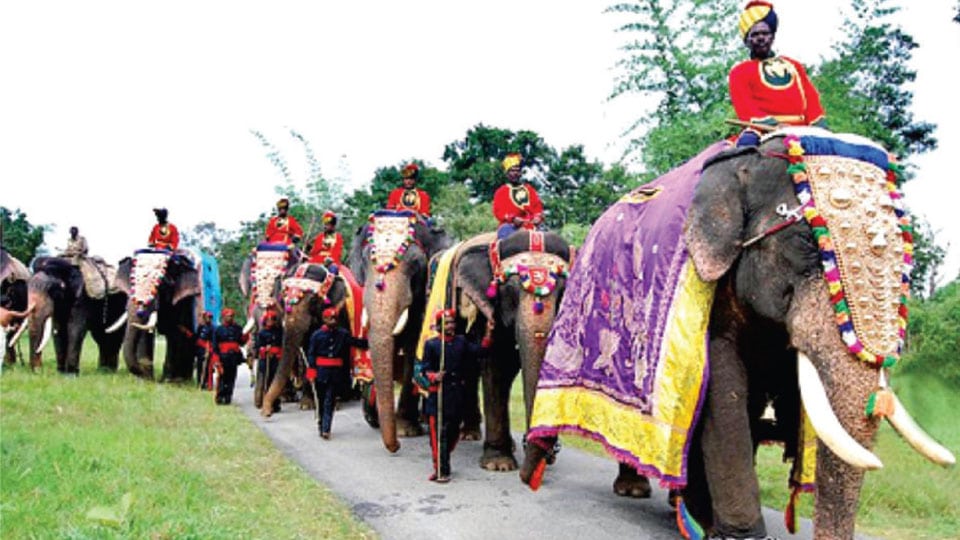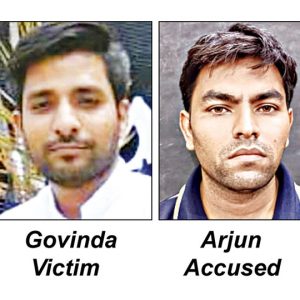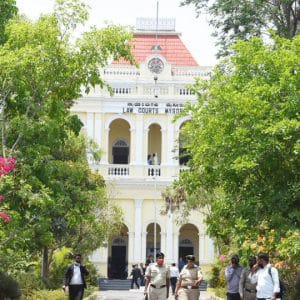The then Minister A.H. Vishwanath was instrumental in restarting tradition
Mysore/Mysuru: History says that the tradition of Gajapayana began during the reign of Sri Jayachamaraja Wadiyar where the members of the Mysore royal family including the King (Maharaja) and his courtiers offered pujas to the tuskers at Maasthi Gudi or Maasthamma Temple near Antharasanthe in H.D. Kote Taluk of Mysuru.
Later, the elephants were brought to Mysuru for Dasara festivities from there and all the elephants, mahouts, kavadis and their families and relatives would march to Mysuru from the jungles and it was a grand affair. They walked over 80 to 100 kilometres to reach the Mysore Palace.
Before their walk began and also all along the route, bandsets and traditional tribal instruments were played to signify the beginning of the festivities and people used to offer jaggery, fruits and sweets to elephants. They also prayed for the well-being of the land and people and also for the smooth conduct of Dasara festivities.
In recent years, however, the tradition of the elephant entourage walking from the woods to the city was discontinued and they were brought in trucks to save time and other expenses. After India gained independence and the Privy Purse was abolished, the Kings and Queens (Maharanis) were turned into just titular heads. Even the grand Gajapayana was discontinued and it vanished from the Mysuru Dasara scene.
In 2001, the tradition was revived in Mysuru when S.M. Krishna was the Chief Minister and A.H. Vishwanath, a Mysurean himself, was the Mysuru District Minister. It is said that the royal family of Mysuru offered puja to Lord Veeranjaneya Swamy at Veeranahosahalli inside the Nagarahole National Park before they proceeded for hunting.
Keeping this as tradition, the Gajapayana event was restarted at Veeranahosahalli under the leadership of Vishwanath. His aim was to attract people’s attention towards the festivities with minimum expenditure. Since then, Gajapayana has been diligently observed a month or so before Dasara celebrations. But now of course, the minimum expenditure with which the tradition began has crossed lakhs of rupees.
The Gajapayana event was started with an intention of sending out a message that the Dasara Nada Habba has begun. The tradition of respectfully inviting the forest families along with the elephants that are an integral part of Dasara was set in motion through Gajapayana.
The mahouts and kavadis too were honoured after giving them food, clothes, fruits and even money. As part of the tradition, fruits, jaggery and sugarcane are given to the elephants and prayers were offered for an incident-free festival.








Recent Comments